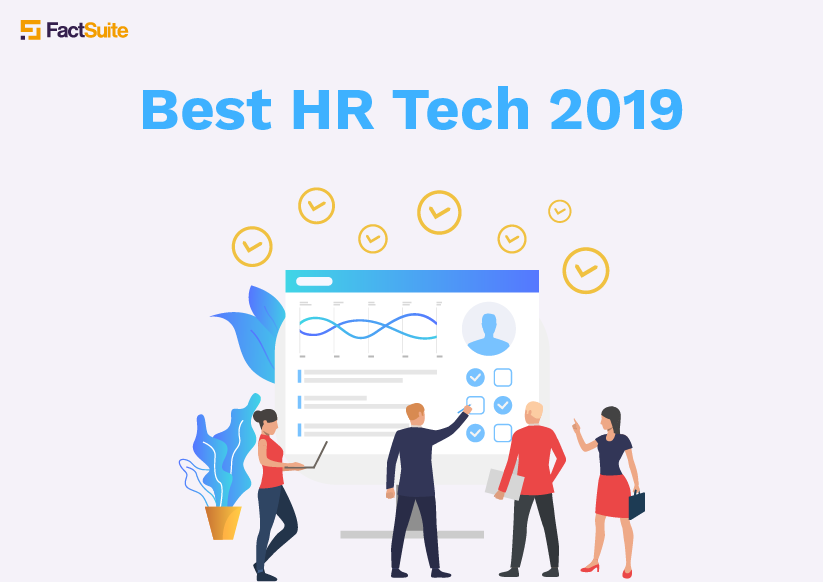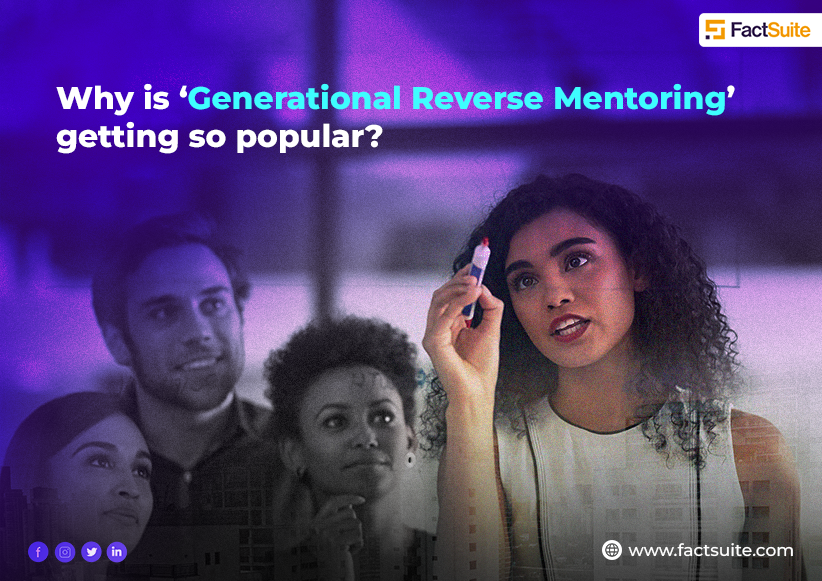Differences Between Rewards and Recognition

In the dynamic realm of employee engagement, understanding the distinctions between rewards vs recognition is pivotal. As organizations strive to foster a positive work culture, the strategic implementation of both rewards’ vs recognition plays a crucial role. Let's delve into the nuances, exploring the key differences between rewards and recognition.
Table of Contents
-
What’s the Difference Between Rewards and Recognition?
- Nature of Gratification
- Focus on Intrinsic vs. Extrinsic Motivation
- Timing and Frequency
- Customization and Personalization
- Long-Term Impact
-
Tips for Creating an Employee Recognition Program
- Define Clear Criteria
- Diversify Recognition Methods
- Real-Time Acknowledgment
- Inclusive Recognition
- Customized Rewards
- Continuous Evaluation and Adjustment
- Communication and Visibility
- Training and Education
- Align with Company Values
- Celebrate Milestones and Achievements
-
Popular Employee Rewards Ideas
- Flexible Work Arrangements
- Professional Development Opportunities
- Travel and Vacation Packages
- Wellness Programs and Memberships
- Tech Gadgets and Devices
- Customized Workspace
- Recognition Plaques and Trophies
- Gift Cards and Shopping Vouchers
- Team Building Activities
- Extra Time Off
What’s the Difference Between Rewards and Recognition?
In today's corporate landscape, the terms employee ‘Rewards’ and ‘Recognition’ are frequently used interchangeably, yet their distinctions are pivotal for fostering a balanced and motivating workplace environment.
1. Nature of Gratification:
Rewards: Tangible incentives, such as bonuses, gift cards, or additional vacation days, are the hallmarks of the reward system. These are bestowed upon employees as a tangible acknowledgment of their achievements. The emphasis is on providing material benefits to reciprocate outstanding performance.
Recognition: Contrastingly, recognition revolves around acknowledging the intangible aspects of an employee's contributions. This can take the form of verbal praise, written commendations, or public appreciation, emphasizing the intrinsic value of an employee's efforts beyond material gain.
2. Focus on Intrinsic vs. Extrinsic Motivation:
Rewards: The reward system predominantly targets extrinsic motivation, leveraging external incentives to encourage and reinforce desired behaviors. Employees are enticed by the prospect of tangible benefits, fostering compliance and performance tied to external stimuli.
Recognition: In contrast, recognition taps into intrinsic motivation by affirming the inherent value of an employee's work. The emphasis is on fostering a sense of purpose, accomplishment, and personal satisfaction, aligning with an individual's internal drive for excellence.
3. Timing and Frequency:
Rewards: Typically, rewards are bestowed on specific occasions, such as reaching sales targets or completing a project. They often follow a more sporadic schedule, tied to predetermined milestones or achievements.
Recognition: Recognition, on the other hand, can be a continuous and ongoing process. It includes instant acknowledgments and can be tied to specific accomplishments, creating a perpetual positive feedback loop that boosts morale and motivation consistently.
4. Customization and Personalization:
Rewards: Reward systems tend to be standardized, lacking the personal touch. The focus is often on the universality of the incentive, aiming to provide a consistent experience across the workforce.
Recognition: Conversely, recognition allows for a more personalized approach. It recognizes the uniqueness of individual contributions, tailoring appreciation to specific preferences and achievements, which can enhance its impact significantly.
5. Long-Term Impact:
Rewards: While rewards offer immediate gratification and can drive short-term behavioral changes, they may not sustain long-term engagement if not complemented by genuine recognition. The impact is often tied to the presence of material incentives.
Recognition: Recognition, on the other hand, has a lasting impact on organizational culture. It contributes to building a positive work environment, enhancing employee morale, satisfaction, and loyalty over time. The intrinsic motivation fostered by recognition extends beyond immediate gains, creating a foundation for sustained employee engagement.
Tips for Creating an Employee Recognition Program
1. Define Clear Criteria:
To foster a culture of fairness and transparency, clearly outline the criteria that warrant recognition. Whether it's achieving specific goals, demonstrating exceptional teamwork, or embodying organizational values, having well-defined criteria sets expectations and ensures that recognition is equitable.
2. Diversify Recognition Methods:
Recognize that employees have diverse preferences when it comes to acknowledgment. Integrate a variety of recognition methods, including peer-to-peer recognition, manager commendations, and public acknowledgments. This ensures that the program caters to different communication styles and individual preferences.
3. Real-Time Acknowledgment:
Embrace the power of instant recognition. While formal recognition ceremonies have their place, acknowledging achievements in real-time provides immediate reinforcement. This timely acknowledgment not only boosts morale but also reinforces the connection between actions and positive outcomes.
4. Inclusive Recognition:
Ensure that the recognition program is inclusive and extends to all departments and levels within the organization. Inclusivity fosters a sense of equality and unity, reinforcing the idea that every employee's contributions are valued, regardless of their role or position.
5. Customized Rewards:
If your recognition program includes tangible rewards, consider the preferences and interests of individual employees. Personalized rewards demonstrate a thoughtful approach, making the recognition more meaningful and reinforcing a sense of appreciation.
6. Continuous Evaluation and Adjustment:
A successful recognition program is not static. Regularly assess its effectiveness through employee feedback, surveys, and performance metrics. Be willing to adapt and refine the program to align with evolving organizational dynamics and the changing needs of your workforce.
7. Communication and Visibility:
Transparently communicate the purpose and benefits of the recognition program. Ensure that employees are aware of the program's existence, how it operates, and the positive impact it can have. Visibility is key – make sure that recognition efforts are not hidden but rather celebrated and shared across the organization.
8. Training and Education:
Equip managers and team leaders with the knowledge and skills to effectively implement the recognition program. Training ensures that recognition efforts are consistent, fair, and aligned with organizational goals. Educate employees about the program, encouraging active participation and understanding.
9. Align with Company Values:
Ensure that the recognition program aligns with the core values and mission of the organization. Recognition that resonates with these values becomes a powerful tool for reinforcing the desired organizational culture and fostering a sense of shared purpose among employees.
10. Celebrate Milestones and Achievements:
Beyond day-to-day recognition, incorporate special celebrations for significant milestones and achievements. This could include work anniversaries, project completions, or major accomplishments. Celebratory events contribute to a positive and festive atmosphere within the workplace.
Top of Form
Popular Employee Rewards Ideas
In the study of rewards vs recognition, beyond the intangible benefits of recognition, incorporating tangible rewards can further enhance the effectiveness of your employee rewards and recognition program. Here are some popular and impactful employee rewards ideas:
1. Flexible Work Arrangements:
Offer the flexibility to work from home, compressed workweeks, or flexible hours as a reward for outstanding performance.
2. Professional Development Opportunities:
Invest in your employees' growth by providing opportunities for skill development, workshops, or courses that align with their career goals.
3. Travel and Vacation Packages:
Reward exceptional contributions with travel vouchers, weekend getaways, or all-inclusive vacation packages.
4. Wellness Programs and Memberships:
Prioritize employee well-being by offering gym memberships, wellness retreats, or subscriptions to wellness apps.
5. Tech Gadgets and Devices:
Recognize top performers with the latest tech gadgets, such as smartphones, smartwatches, or other innovative devices.
6. Customized Workspace:
Allow employees to personalize their workspaces with ergonomic furniture, standing desks, or personalized decor items.
7. Recognition Plaques and Trophies:
Provide a tangible symbol of appreciation with personalized plaques or trophies commemorating significant achievements.
8. Gift Cards and Shopping Vouchers:
Allow employees the freedom to choose their rewards with gift cards or vouchers for popular retailers, restaurants, or online platforms.
9. Team Building Activities:
Foster team cohesion by organizing off-site team building activities, workshops, or retreats as a collective reward.
10. Extra Time Off:
Grant additional paid time off or allow employees to take a day off as a reward for their hard work and dedication.
Tailoring rewards to align with the preferences and aspirations of your employees enhances the impact of your recognition program, making it a powerful tool for employee engagement and satisfaction.































































































































































